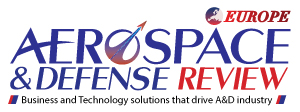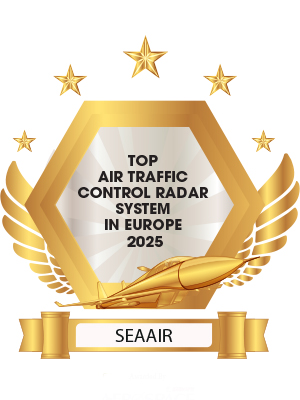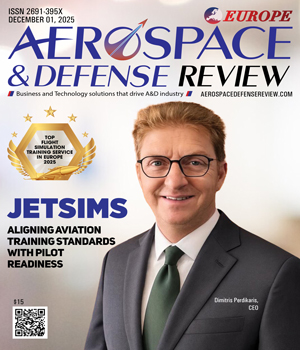THANK YOU FOR SUBSCRIBING
 Per Andersen, Principal Consultant and Owner
Per Andersen, Principal Consultant and OwnerUnder Eurocontrol guidelines, when a wind farm or large construction project is planned near radar systems, it is first screened for its proximity to radar systems. If obstacles such as wind turbines are beyond a defined threshold, only a simple assessment is required. If they are closer, a detailed assessment is triggered. Projects that fall under the simple assessment category are evaluated quickly, but the method leaves uncertainties about how obstacles affect radar operations in practice.
SEAAIR’s licensed simulation software enhances simple assessments by modelling how radar signals interact with real-world conditions. By analysing effects such as reflections, multipath effects, damping of the main beam and ghost targets, SEAAIR provides a deeper, evidence-based view of potential interference. While simulations cannot replicate every aspect of a radar environment, they deliver greater detail and a stronger foundation for informed decision-making. This helps authorities, defence organisations and radar owners move beyond rulebook assessments toward a more realistic evaluation of potential impacts.
“What we try to do is add more detail even to the simple engineering assessments, because we think it gives a better picture,” says Per Andersen, principal consultant and owner. “We try to diminish the natural fear of wind turbines by investigating more and documenting more.”
SEAAIR starts with line-of-sight calculations, a standard method in radar engineering. The calculations account for the Earth’s curvature and radio frequency refraction to establish whether radar signals can reach the target. It also screens the path for cumulative obstacles such as wind turbines, buildings, or silos.
-
What we try to do is add more detail even to the simple engineering assessments, because we think it gives a better picture
The simulation software also evaluates how radar signals interact with terrain and obstacles by drawing on high-resolution terrain databases.
SEAAIR’s focus on adding depth to radar assessments has proven critical in real-world projects. One case involved a joint venture of wind turbine developers planning a large farm near the protected flight path where aircraft align for landing. Because this zone is safeguarded under ICAO’s obstacle-free requirements, the project raised immediate flight safety concerns. Over several years, SEAAIR guided the developers through detailed assessments and helped propose an additional radar solution to supplement the impacted ATC system.
Similarly, in offshore projects in the Baltic Sea, developers presented three potential layouts. SEAAIR simulated each option and assessed the corresponding radar impacts, giving both developers and authorities a clearer view of the risks.
With rapid advances in drone detection and AI-driven radar systems, SEAAIR focuses on guiding customers toward the most suitable solutions for evolving requirements. No software today can reliably model radar coverage inside dense offshore wind farms, making expert judgment essential. Drawing on operational knowledge and lessons from past projects, the team provides advisory support tailored to each case.
Grounded in practical insight and strengthened by focused innovation, SEAAIR delivers trusted solutions that keep projects moving and operations secure.
| Share this Article: |
SEAAIR
Company
SEAAIR
Management
Per Andersen, Principal Consultant and Owner
Description
SEAAIR specialises in radar interference assessment and mitigation for aviation, defence and infrastructure projects. It leverages advanced simulation and technical expertise to deliver accurate impact analyses. Its advisory services provide clients with actionable insights, enabling safe and efficient development in complex environments.






